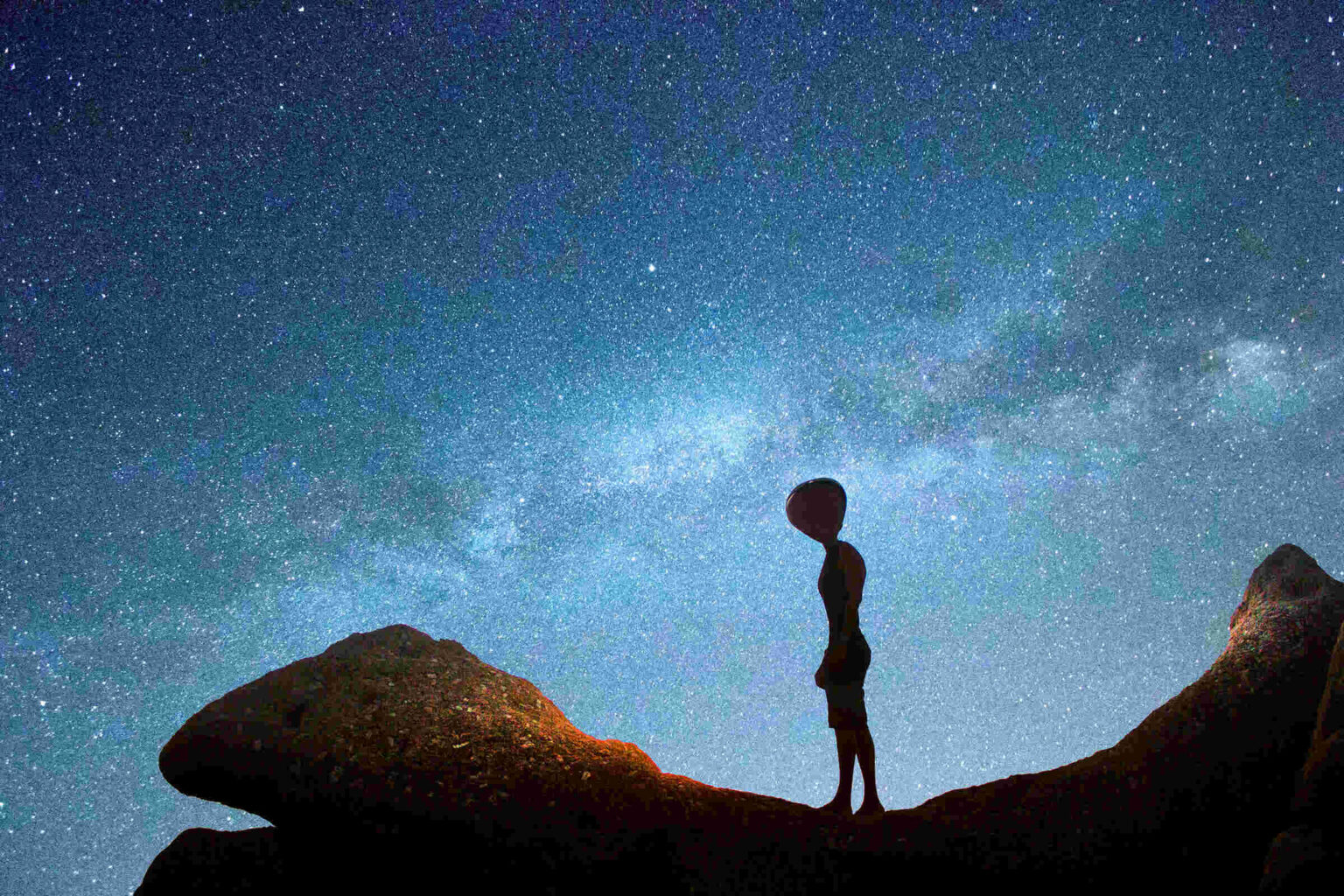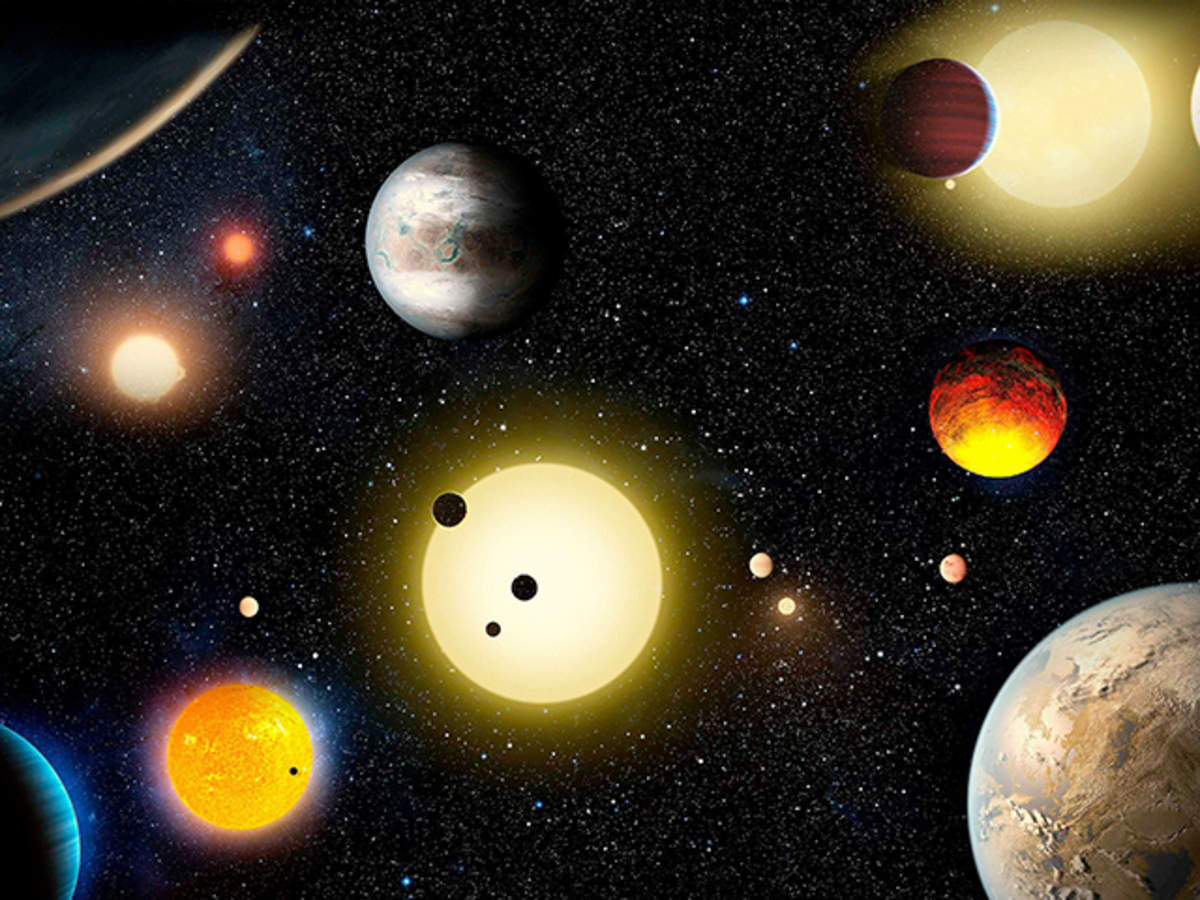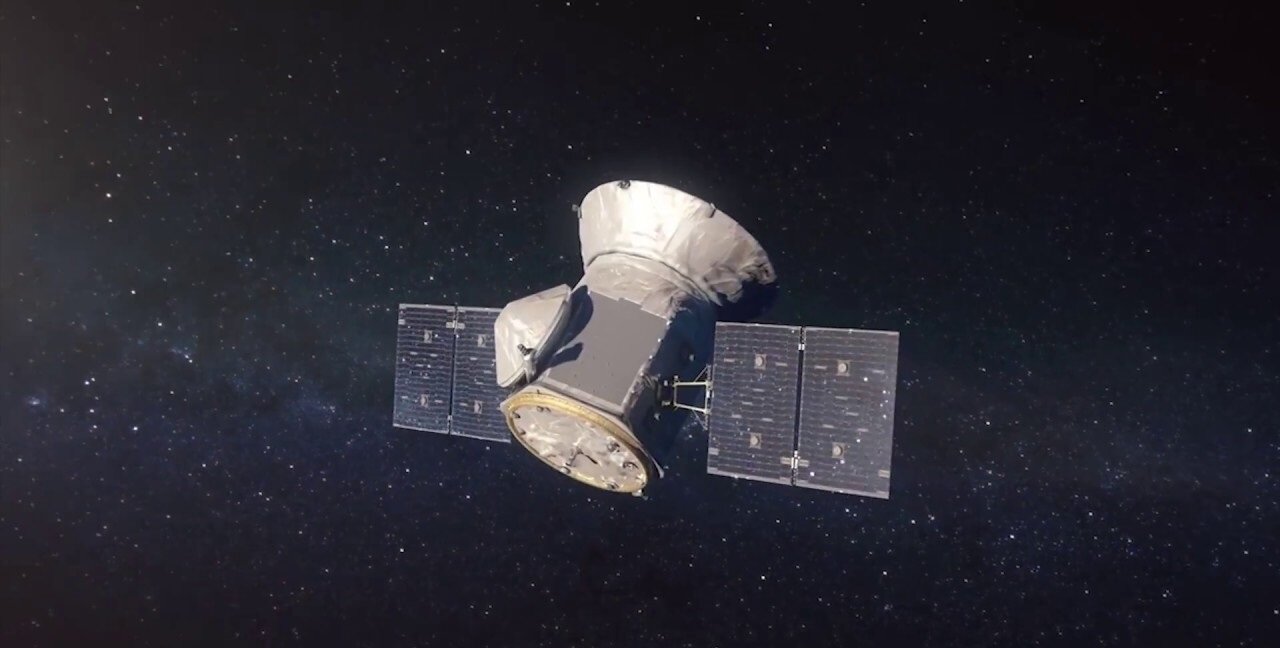
NASA news: Apply for your dream job – they’re hiring “alien hunters”
It’s too often that alien hunters are reduced to wackos & nutjobs. Theorizing about alien life and scouring the universe for signs – these practices show an eagerness this world needs. People invested in the search for aliens are curious souls who want to find answers to the world’s greatest mysteries.
All those doubtful buzzkills can stop their scoffing right now – because alien hunters are about to become more important than ever before. US space agency NASA is now officially seeking “alien hunter” recruits to join in their ranks in the search for alien life in outer space.
Alien enthusiasts – it’s about time you’ve gotten some validation. Nothing says “you’re not crazy” like NASA seeking your help. The alien hunt is on. Here’s how you can bring your brilliance to NASA.

Planet Patrol
In order to assist in their life-finding pursuit, NASA launched a citizen science project called Planet Patrol. The task for those who join Planet Patrol is to identify signs of life from images taken from planets in far off solar systems in outer space.
Seeking volunteers from all around the world, NASA is looking far & wide for people to look far & wide across solar systems. NASA has collected millions of images in its computer system, just waiting for examination.
NASA wants to utilize the time of those interested in the project. Volunteers will be asked to closely analyze the many extraterrestrial environments and determine if some of them are hosting life. So, basically, what many alien hunters do now – pore through images of space on the internet.
NASA explained that Planet Patrol will flourish as a “community pursuing the common goal of understanding the universe and our place in it.”

Examining exoplanets
Ever since the 1990s, scientists have been discovering more & more exoplanets – worlds that orbit stars other than the Earth’s sun. Over 4,200 exoplanets have been discovered so far.
Just imagine how many stars are in the sky. Now imagine how many planets cling to each one of those balls of fire – planets just like Earth, anchored by the sun we know and love.
Volunteers are invited to search the expanse for even more new exoplanets by looking through NASA images. These images were shot by the Transiting Exoplanet Survey Satellite (TESS) which started circling the Earth in 2018.

Launch on Zooniverse
Planet Patrol has already set its path into motion. Earlier this week Planet Patrol established a force to be reckoned with on Zooniverse, a website that creates discovery opportunities and allows users to take part in scientific research.
Alien hunters have already joined the space team, over 1,600 participants rocking the Planet Patrol scene. The massive online squad has already delivered 100 thousand individual classifications.
The website welcomes anyone with internet connection to access the TESS images so they can spot and classify potential exoplanets. To anyone checking it out, the Planet Patrol page exhorts, “Help find out which planet candidates from the TESS mission are real!”

“Citizen science projects are a great way to engage our built-in, never-ending curiosity about the world we live in — be it our own planet or a planet a hundred light years away,” NASA research scientist Veselin Kostov elaborated.
Planet Patrol couldn’t have come at a better time because, as Kostov explained, the project was specifically targeted towards isolated people during the COVID-19 pandemic. Nothing can brighten up quarantine like the stars – or more so the planets around them.

TESS images
The NASA images were captured by TESS (Transiting Exoplanet Survey Satellite) – a satellite designed to catch sight of exoplanets as they pass in front of stars they orbit. When the star’s brightness dims, the exoplanets become visible to TESS.
When TESS confirms that an exoplanet is there, scientists can then scope it out and deem it habitable to extraterrestrial life. Scientists sift through hundreds of thousands of planets and their basic properties by using an automated software.

These computers aren’t perfect, however, and accidentally detect exoplanets whenever the image shows a dimming light. A binary system (which has two stars in one system) can cause the star’s light to dim when they eclipse each other. Thus, computers consistently misidentify the presence of exoplanets when there are eclipsing binary stars.
The TESS images can also be warped when there are instruments or “astrophysical noise” rendering false results. These automated weaknesses are precisely why Planet Patrol was launched. As Kostov affirms, “The human eye is very good at quickly and reliably spotting such image distortions.”

The next step
A program on Zooniverse instructs Planet Patrol volunteers on how to identify quality TESS images. It’s the job of the participants to determine when the computer system has reached a false positive and when the image truly captured an exoplanet.
Once the true planet candidates are sorted, NASA will take it to the next level. Another project which focuses on planet life is underway. Professor Chris Doughty revealed that they’d be looking for shadows cast by trees – Earth’s most common multicellular life forms.
Thus, researchers seem to think that observing shadows on planets could reveal photosynthetic multicellular life (like trees) as it covers the light of the sun on the planet. (Think of how absent shadows are on the moon.) Theoretically, witnessing shadows on these exoplanets could be the next big step in the hunt for aliens.







